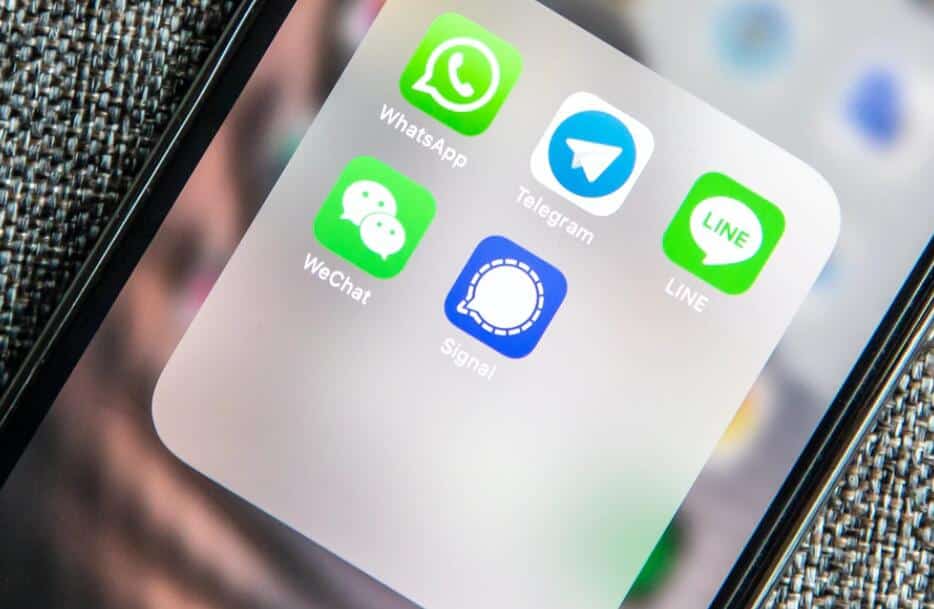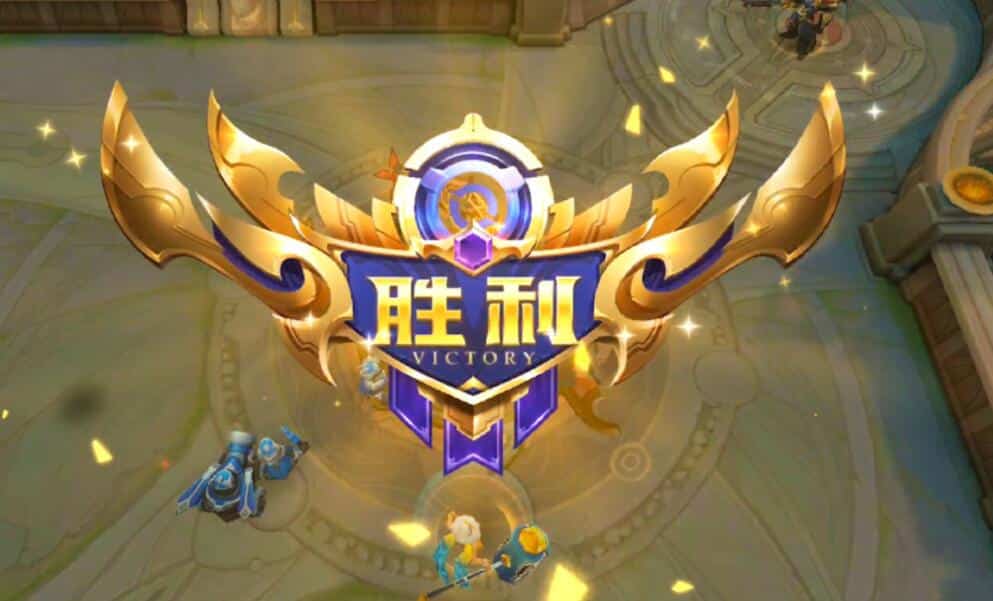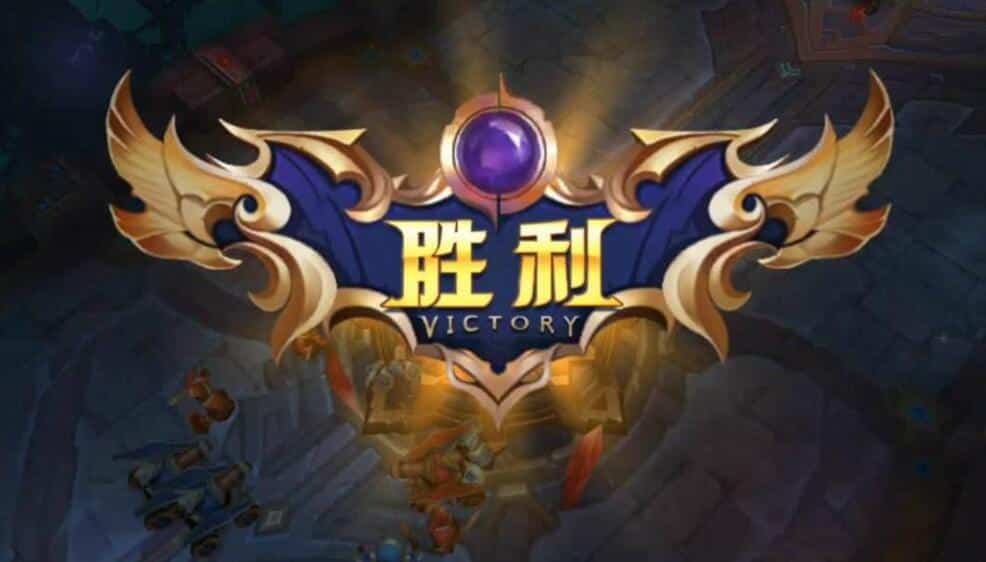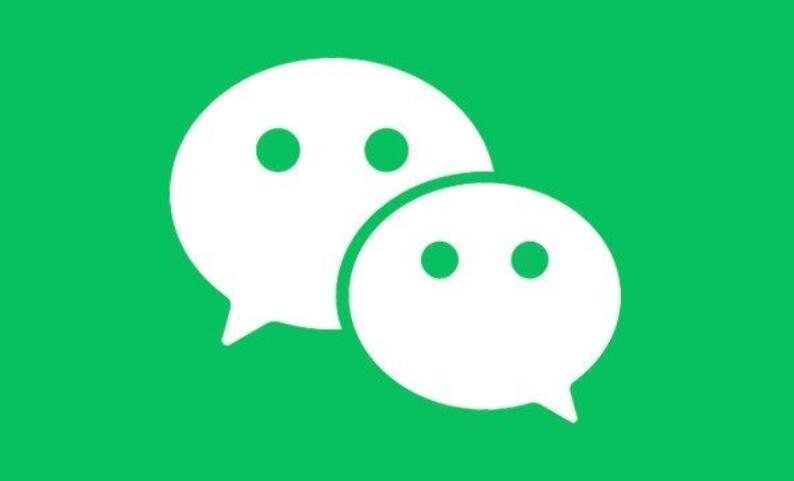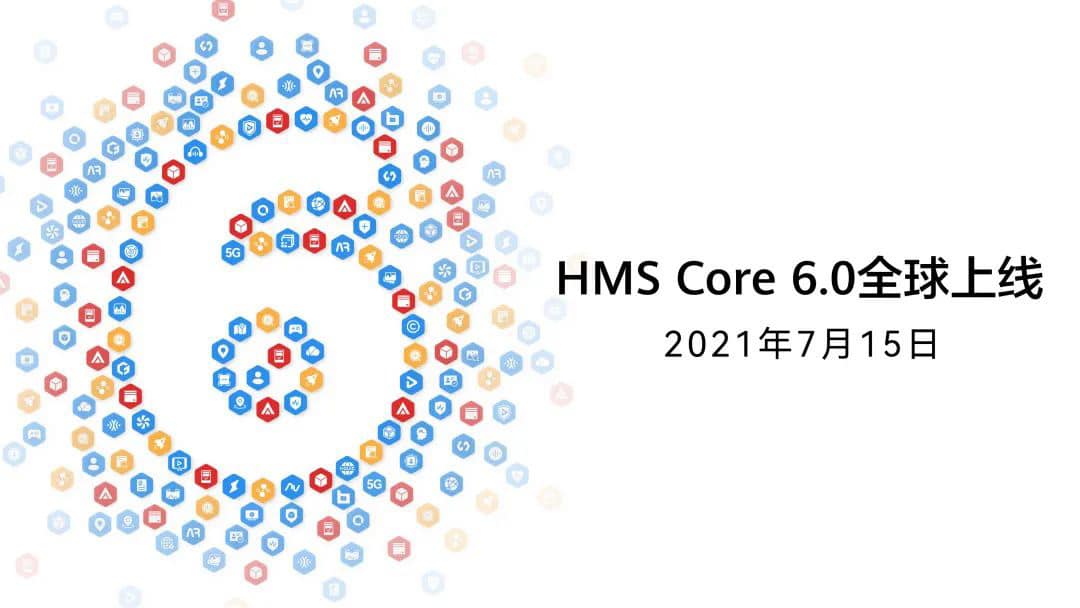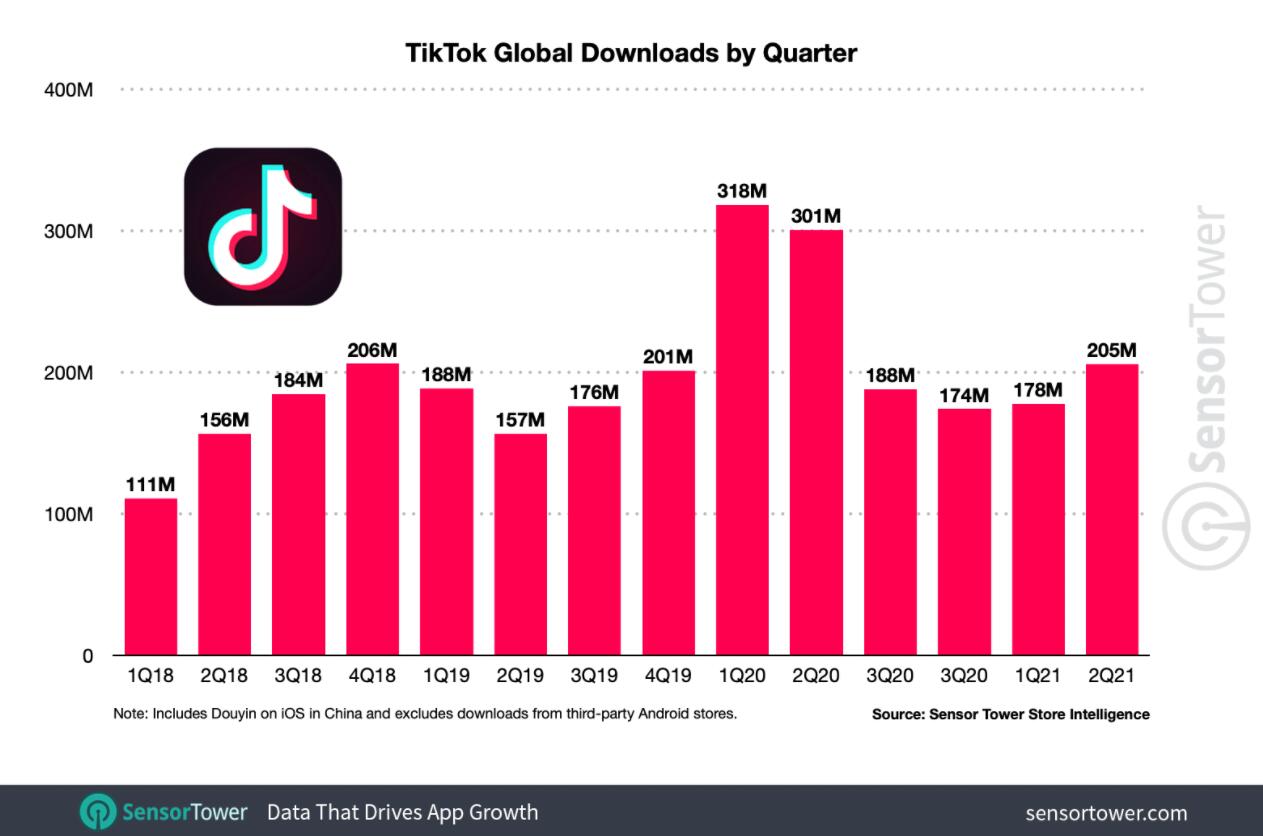
From India's Indus OS operating system to Russia's Yandex search engine, Huawei is trying to reach out to local application developers in some countries to address the lack of Google Apps services for overseas products.
It has been 10 months since Huawei was blacklisted by the United States, and Huawei has been banned from using Google apps and services that its smartphones rely on. Huawei's new smartphones are quite eye-catching, but without Google Maps, YouTube, and the Google Play app store, they are much less useful for people outside China.
However, when international market share was being eroded by competitors, Huawei was not waiting. The largest smartphone brand in China has been seeking to cooperate with local companies in some countries in order to bypass the domination of the US application software monopoly giant and kill a life.
This week, Huawei began negotiations with OSLabs, an Indian system application company that developed the Indus OS operating system. Huawei hopes to establish a cooperation with this software company to jointly build an Android application store and reach hundreds of millions of smartphone users in India.
Indus OS app store App Bazaar currently has more than 400,000 local applications that support the local Indian language. According to data from market research firm Counterpoint, India is currently the world's second largest smartphone market.
Huawei's foldable smartphone Mate Xs is still powered by Google's Android system, but one of the Google apps is not available.
However, some people in the industry are skeptical about whether Huawei's efforts will bring returns. Kiranjeet Kaur, senior research manager at market research firm IDC, pointed out that Indians, like people elsewhere in the world, are also seriously addicted to Google's various apps.
"The share of local developers in the Indian smartphone market has been declining. When many people first started using smartphones, they were mainly targeting the low-end smartphone market."
Kaur said that as data traffic becomes cheaper, apps such as YouTube are rapidly gaining popularity in India. The same is true for Facebook apps such as WhatsApp and Messenger, which are currently not available in Huawei's own app store, App Gallery.
According to the South China Morning Post, the situation in Russia is different, but this is not because of user preferences. Due to the Russian government's policies, Huawei has found a first-line opportunity in Russia.
Counterpoint analyst Abhilash Kumar said the Russian government requires smartphone makers to pre-install local apps to promote domestic technological innovation.
Kumar said, "In general, the localization of applications and the prospect of cooperation with Yandex Group are beneficial to Huawei, and we believe Huawei will benefit from it." He added that in Russia, Yandex is a This is a more popular search engine than Google.
But Huawei does not fully pin its hopes on partners. The company's main weapons include the App Gallery, which targets Google Google Play, and Huawei Mobile Services (HMS), which are designed to replace Google Mobile Services (GMS).
On Huawei's App Gallery app store, you can find TikTok, an overseas version of Douyin, but you can't find Netflix or WhatsApp.
Huawei's new application and service suite is intended to replace some of the features Google provides to other applications. For example, Uber integrates Google Maps, which means that without Google's services, its taxi application is not very useful.
To this end, Huawei has been developing its own map toolkit, which is connected to local map services, allowing application developers to use it to replace Google's services.
In order to attract and encourage cooperation among application developers, Huawei has launched the "Shining Star" project, which includes a $1 billion reward fund.



